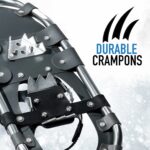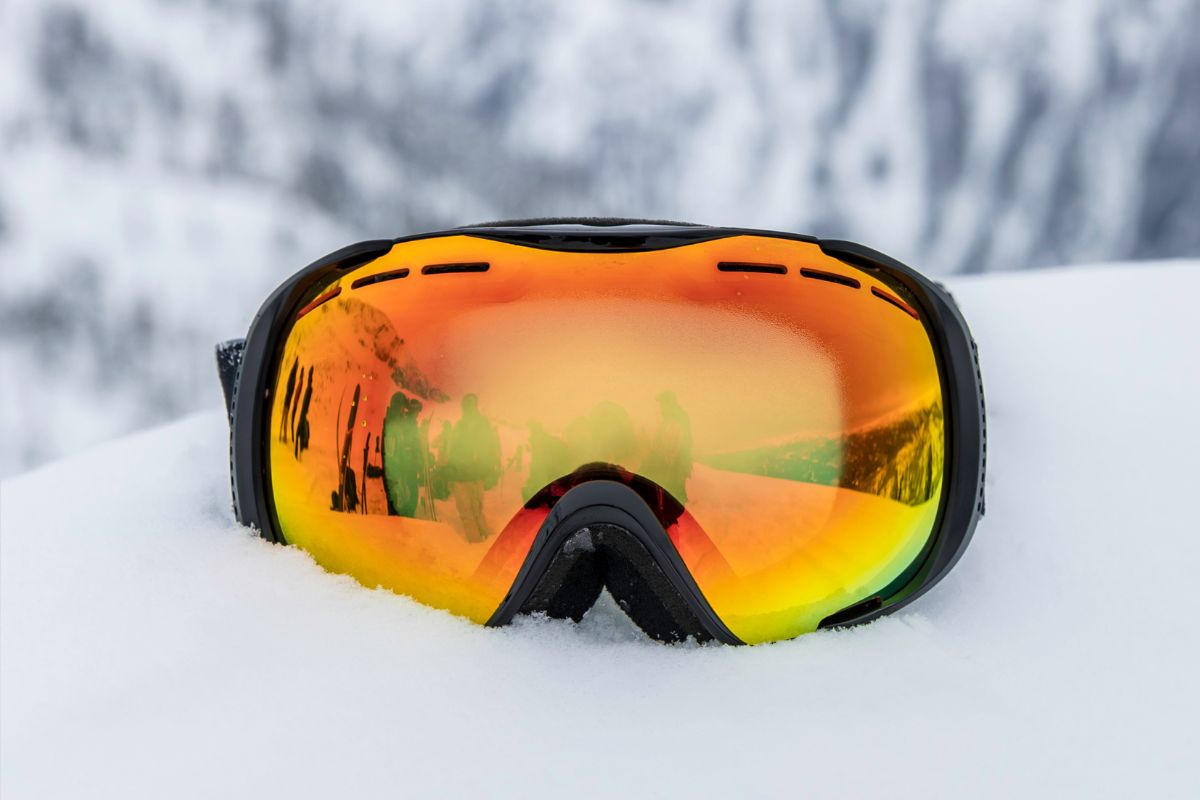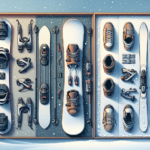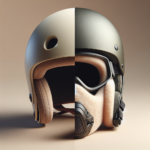Heading out to the slopes for some adrenaline-fueled snowboarding? You’ll want to remember that safety comes first. This article is the perfect guide for making sure your headgear is the right fit – focusing on the crucial question, “What size snowboard helmet should I get?” From measurements to adjustments, we’ll walk you through the steps needed to ensure your adventure on the mountains is worry-free.
Importance of Correct Helmet Size
Let’s start off by addressing why the correct helmet size is crucial. Snowboarding is a brilliant, thrilling sport, but like all sports, there’s a risk factor involved and safety should always be your primary concern.
Safety and effectiveness of helmet
Your helmet is your first line of defense, should you have a tumble or collide with another object. A correct size helmet guarantees your utmost protection. It achieves this by distributing the force of impact evenly around your head, minimizing the risk of serious injury. An incorrect size, either too big or too small, compromises this effectiveness and could lead to significant injuries in the case of a crash.
Comfort and ease of use
Besides safety, comfort is another crucial element that is directly affected by helmet size. A snowboard helmet that is correctly sized makes your experience more enjoyable and hassle-free. It doesn’t constrict your head or move around when you turn or tilt your head. Instead, a well-fitted helmet feels almost like a natural extension of your body, giving you the freedom and confidence to shred the slopes in style.
Understanding Helmet Sizes
Of course, before you can find the perfect helmet, you need to understand helmet sizes.
Measurement units used
Helmet sizes are usually given in centimeters or inches, representing the circumference of your head. It’s important to stick to the same unit your helmet brand uses to avoid confusion.
Variations in sizes among different brands
Just like clothes, helmet sizes can vary from brand to brand. Therefore, you should not assume that because you are a specific size in one brand, you’ll be the same in another. Always refer to each brand’s specific size chart for accurate measurements.
Measuring your Head
Before you can delve into size charts and fittings, you need to measure your head. Don’t worry, it’s easier than you might think.
Tools needed for measurement
All you need is a measuring tape. If for some reason you don’t have one, you can use a string or cord to measure your head’s circumference and then measure the string’s length using a ruler or yardstick.
Procedure for accurate head measurement
Place the tape measure around the most significant part of your head, typically around an inch above your eyebrows, which aligns with the forehead. The tape should cover the back of the head and ears to capture your head’s largest circumference. Ensure it’s level and not tilted at the back or front for accurate measurement.
Helmet Size Charts
Understanding helmet size charts is the key to getting an accurate fit. They basically align your head circumference with the corresponding helmet size.
Understanding helmet size charts
A helmet size chart lists the different sizes of helmets available for a particular brand, usually labeled as small, medium, or large and corresponding measurements. Remember, these sizes differ among brands, which is why having your head measurement in both inches and centimeters is beneficial.
Potential discrepancies in size charts
While size charts are extremely helpful, they aren’t foolproof. Some individuals may find themselves between two sizes. In such cases, it’s typically recommended to go for the larger size and adjust the fit with padding.
Trying on the Helmet
So you’ve got your measurements and have decoded the size chart, now it’s time to try on the helmet.
Correct positioning of helmet
When trying on a helmet, ensure that it’s positioned correctly. Your eyebrows should be covered, but your vision should not be hindered. The rear strap adjustment should sit low, beneath the occipital bone or the bump in the back of your head.
Assessing comfort and fit
Make sure the helmet feels snug but not overly tight. There should be no pressure points causing discomfort. Check that your eyebrows move with the helmet when you rotate it from left to right. This indicates a secure fit.
Checking for Movement
Okay, your helmet feels comfortable. But does it stay put?
Ensuring helmet stays in place
Properly fasten the helmet’s strap and shake your head. A well-fitted helmet should not move independently or slide off your forehead. If it does, it’s too large.
Identifying excessive movement indicating wrong size
Try to insert your fingers between your helmet and head. If there’s a lot of room, the helmet is too big. On the other hand, if the helmet feels constricting and uncomfortable, it’s probably too small.
Adjusting Helmet Fit
Sometimes, a little adjustment can create the perfect helmet fit.
Use of padding to adjust fit
Most helmets come with removable padding or liners that can be utilized to get a more custom fit. If a helmet is slightly too big, adding extra padding can create a tighter, snugger fit.
Adjustment features in modern helmets
Many modern helmets feature adjustable dial systems that allow for fine-tuning of the fit. This enables tightening or loosening the helmet on the fly, ensuring perfect fit and comfort throughout your ride.
Special Considerations
When choosing a helmet, there are a few individual aspects to consider.
Consideration of hair style and thickness
Your hairstyle or hair thickness can affect how a helmet sits. If you have a lot of hair or wear it in a style that causes your helmet to sit too high or too tight, consider this when selecting a size.
Impact of goggles and other accessories on fit
Your snowboarding gear such as goggles and balaclavas can affect fit. Try the helmet on with these accessories to ensure they work together harmoniously without pushing the helmet up or causing discomfort.
Children’s Snowboard Helmets
When it comes to kids, helmet fit becomes even more crucial as they are often more vulnerable to injuries.
Size considerations for children
Keep in mind that children’s heads are constantly growing. Therefore, what fit perfectly last season might not fit this season. Routinely measure your child’s head to ensure their helmet is always the correct size.
Adjustability and growth considerations
Look for helmets with adjustment features, as these can accommodate your child’s growth over a season or two. However, avoid getting a helmet that’s too big, hoping they’ll grow into it. A too-large helmet won’t provide adequate protection.
When to Replace your Helmet
Even the best helmets don’t last forever.
Lifespan of a snowboard helmet
An average snowboard helmet has a lifespan of about five years. However, if it takes a hard hit, it should be replaced immediately even if there are no visible signs of damage.
Indicators that it’s time to replace your helmet
Other indicators that it’s time for a new helmet include changes in fit due to wear and tear, degradation of interior padding, or an outer shell that seems brittle or cracked. Additionally, if the helmet fails any of the fit tests above, it’s time for a new one.
In summary, finding a correctly sized snowboard helmet is no mean feat, but it’s an essential step that guarantees your safety and enhances your experience on the slopes. By taking accurate measurements, understanding and correctly interpreting helmet size charts, trying on the helmet correctly, and making necessary adjustments, you can enjoy a comfort and safety like never before. Just remember to replace it when necessary!
- What Snowboard Bindings Should I Get? - January 23, 2024
- What Size Screws For Snowboard Bindings? - January 23, 2024
- How To Snowmobile On Water? - January 23, 2024










